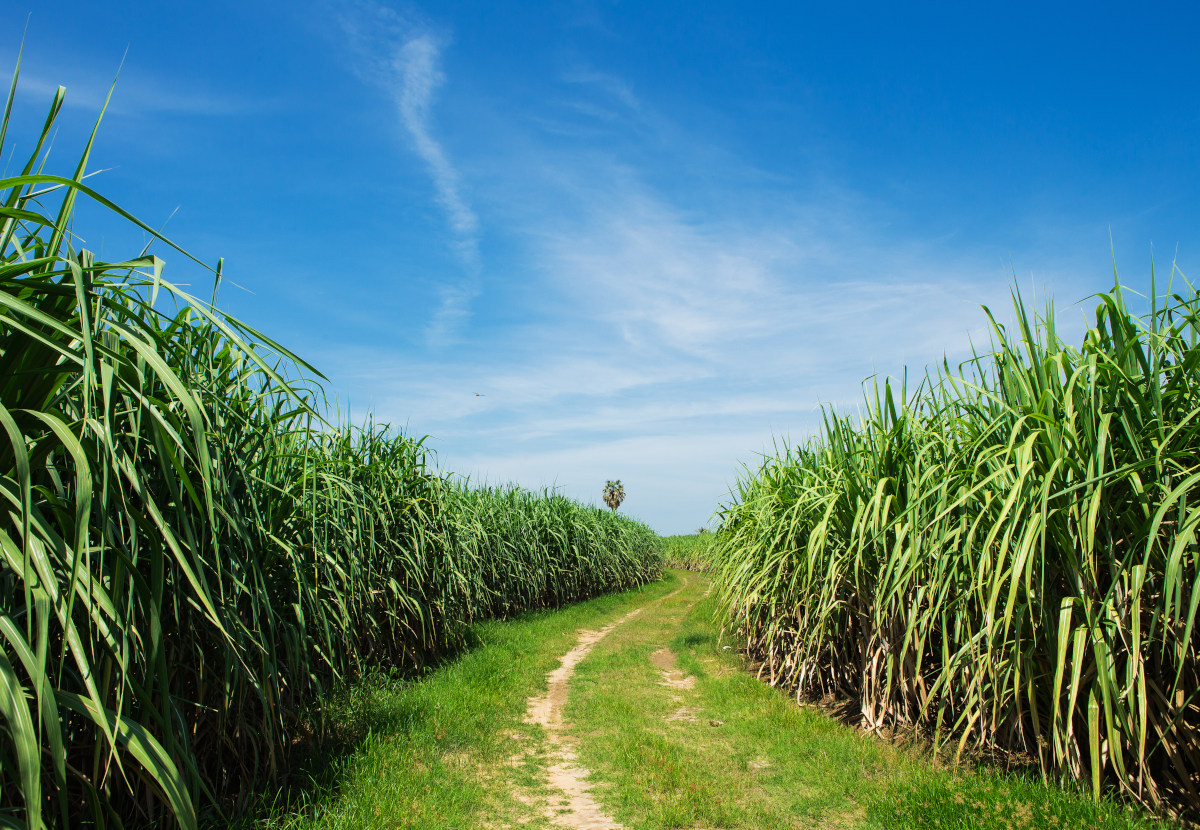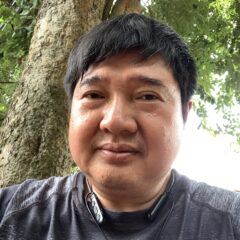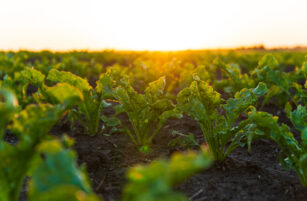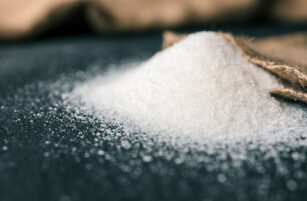Opinions Focus
- Thai mills in the northeast have begun crushing cane.
- However, farmers in the region are struggling to find workers to cut the cane.
- Late rainfall has led to some cassava rotting.
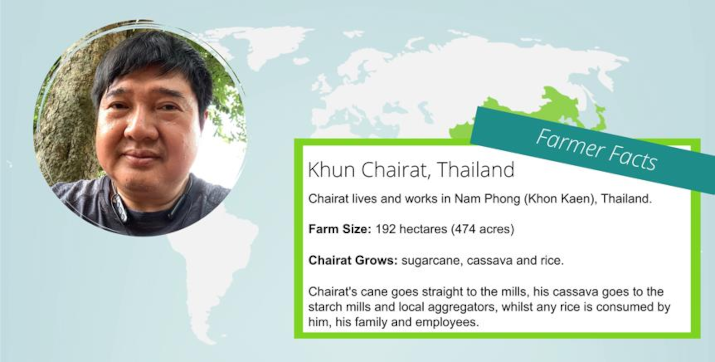
What have you been up to?
Thailand’s 2022/23 crushing season has started already. Most of the mills in the Northeast have started right away, meanwhile, the mills in the Central and the North expect to start later due to difficulties accessing muddy cane fields.
The main tasks in the field now are to manage the workers and schedule the cane harvesting machines. The lack of workers and the availability of the harvesting machines is still the main issue.
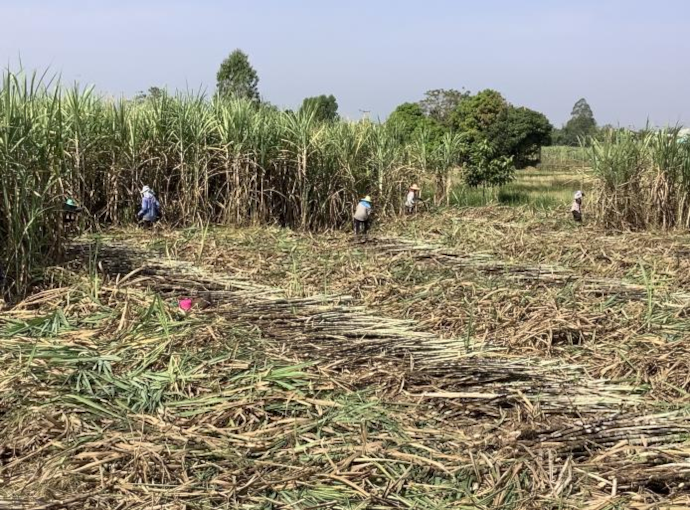
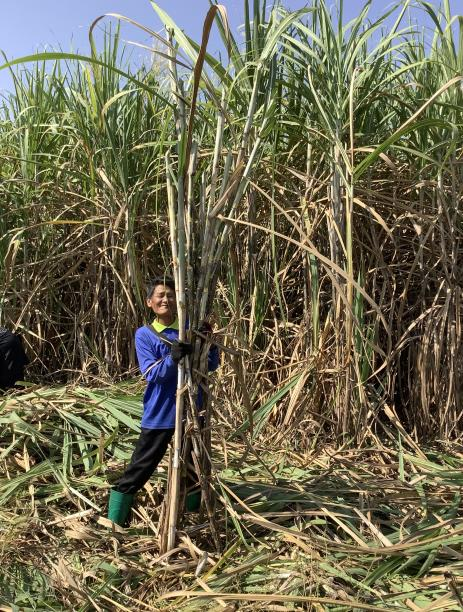
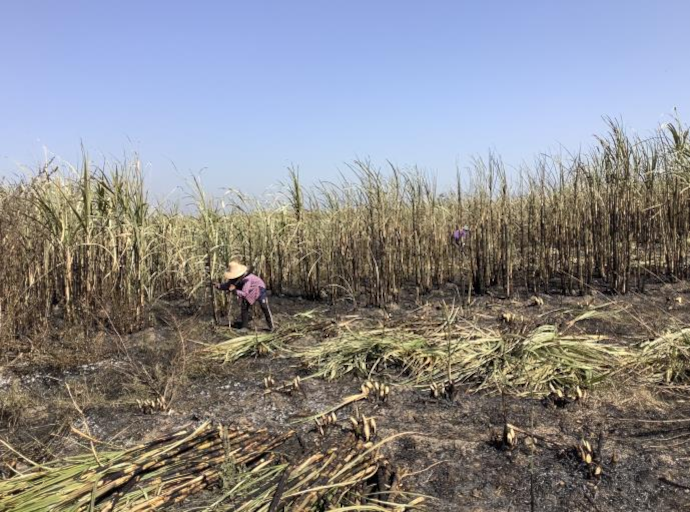
Given Thailand still received rainfall in November, this has caused weeds to germinate in both cane and cassava fields. Hence another task now is to manage the weeds.
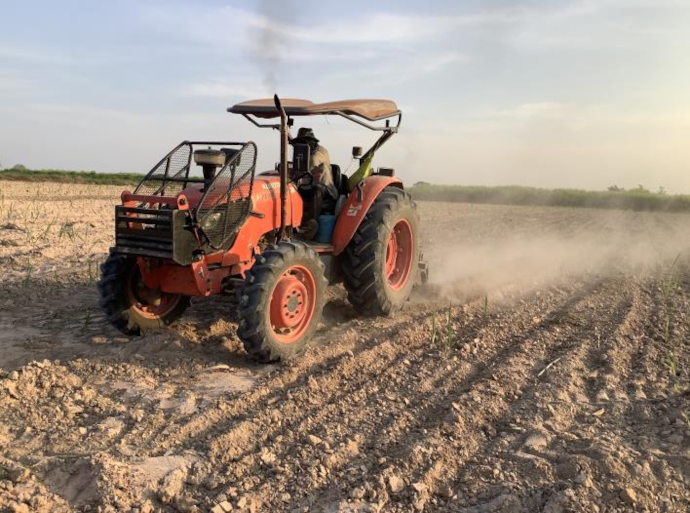
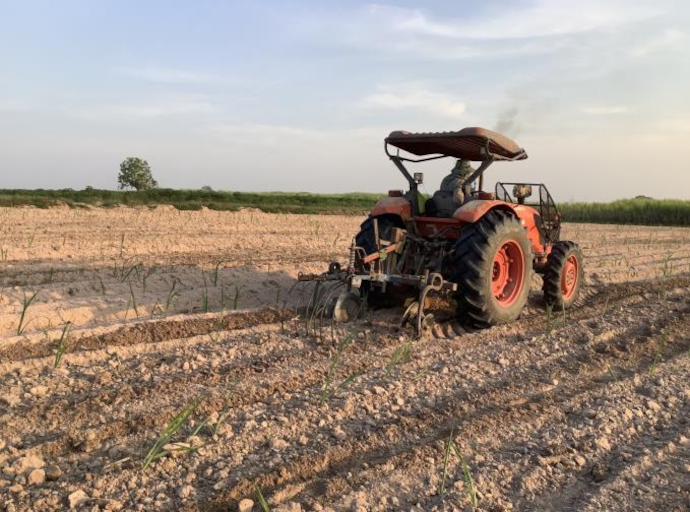
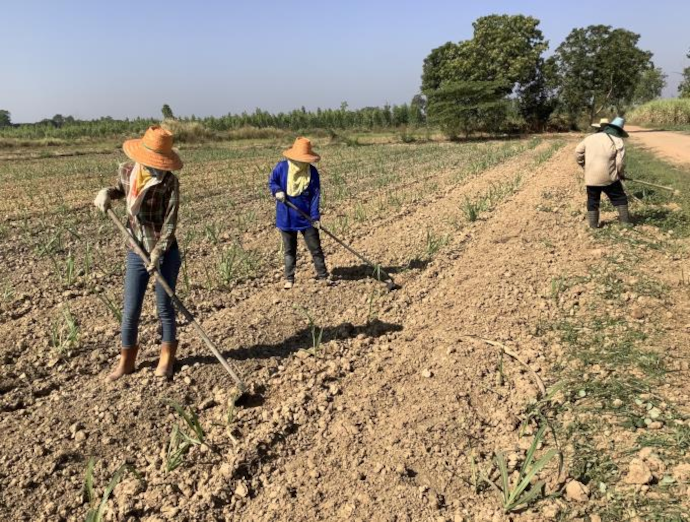
Unlike the sugarcane, cassava can be planted and harvested all year. This year I’ve already grown about 40 rai of cassava and throughout the year I expect to grow 300 rai of cassava (1 ha = 6.25 rai). Planting will start in February.
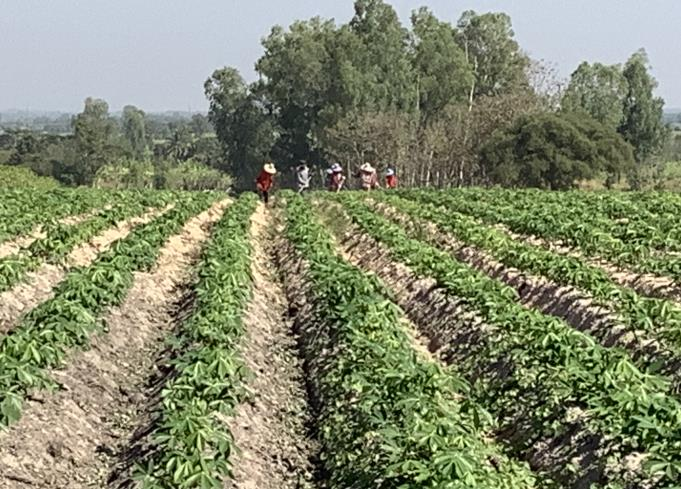

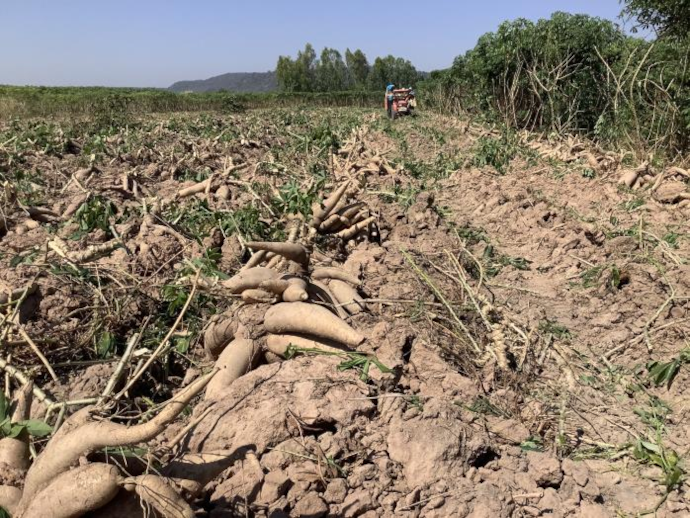
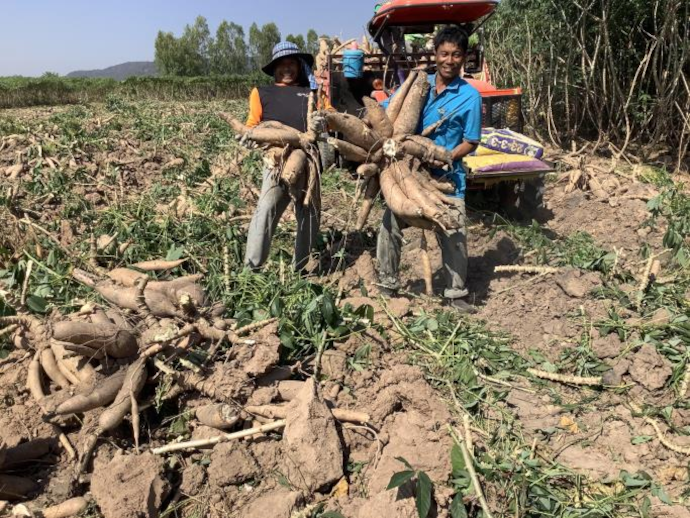
What stage is your crop at?
This year, the cane crop is performing slightly better than expected given the abnormal rain during October to November that helped promote the agricultural yield. I can achieve up to 11-14 mt/rai for new planted cane and an average of 7 mt/rai for ratoon cane.
On the other hand, some of the cassava have become rotten giving the water logging caused by the prolonged abnormal rain. The agricultural yield has gone down from 6 mt/rai to 4 mt/rai. The bigger tubers are more likely to become rotten first, so the smaller are left to be harvested, and this provides lower starch content.
What’s your biggest concern?
The biggest concern is with the harvesting given the lack of workers. As it stands, there are a lot of tasks that need to be done in the field; new planted cassava, cane needs weed management and cane needs to be harvested so it is very difficult to find the workers.
